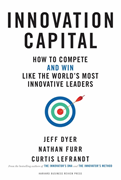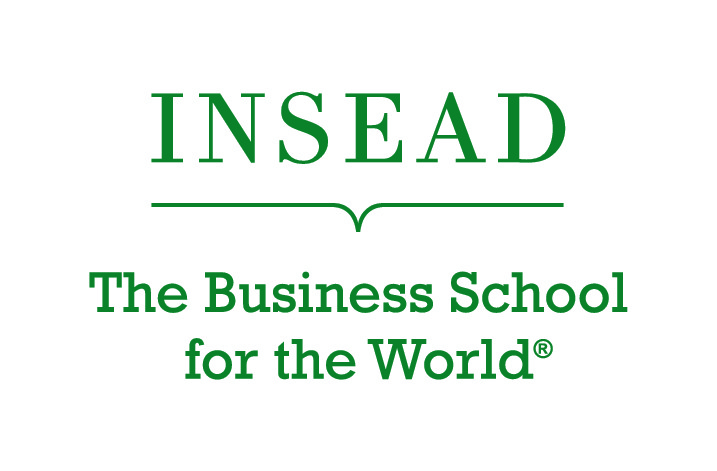- Innovation
How to Build Innovation Capital
New book demystifies the process of cultivating the supporters and sponsors – critical to turning innovative ideas into reality
The authors of Innovation Capital echo Edison’s famous aphorism “Genius is one percent inspiration, ninety-nine percent perspiration," when they say that that creativity is not enough for innovation to succeed, and that success depends less on ideas and more on innovators having the vision, reputation, and networks to commercialize them.

Much that is written about innovation leadership focuses on processes – such as customer engagement, design thinking, and establishing an innovation culture. These things are essential but impotent if the entrepreneurial capacity to ensure commercial implementation is missing.
The success of innovators, from Amazon’s Jeff Bezos down, has depended on their ability to build support for their long-term visions from bosses, colleagues, partners and investors – on their ‘innovation capital’.
Building support for transformative innovation is far from simple. In fact, based on the innovators they studied, it is “a subtle, multifaceted art,” say Jeff Dyer, Nathan Furr and Curtis Lefrandt. An art which aims to overcome the basic paradox of innovation: that the more radical the innovative concept the more difficult it is, in a competitive space, to gain support and acquire resources to commercialize it.
While innovation capital is a must for innovation leaders, it is also important at the company level, as stakeholders are more ready to give companies with a reputation for innovation the freedom to try new things and the resources to execute them. (The authors’ research found that a reputation for innovation had significant positive influence on the market value of S&P 500 companies.)
To be a successful leader in today’s fast-changing world is very much about being a leader of innovation and there is more to it than being a creative thinker. Three characteristics are essential:
Forward thinking – the capability to understand market and social trends and to find a vision or opportunity for creating new value.
Creative problem solving – the skill to be able to navigate complex problems and relationships in order to see the innovation through to fruition.
Persuasion – the capacity to bring others onside, through having a reputation as a successful operator, and having the emotional intelligence to convince people with different perspectives.
Forward thinking and problem solving are key to getting the job done, but it is the persuasion element, particularly reputation, that wins the all-important backing of colleagues, investors or senior management, and sets truly successful innovators apart.
“The most important thing you can do to build a reputation for innovation is be a founder,” say the authors. By which they mean be the architect of an initiative that has a visible impact on an organization or broader society; maybe as start-up entrepreneur or as a corporate intrapreneur who has played a central role in launching a new product, service, or business.
Innovation capital is that invaluable asset that can enable leaders to rally the support so necessary in turning radical ideas into commercial reality. This book is unique in demystifing the process of building this essential asset, the foundation for achieving any successful transformative change.
About the authors: Jeff Dyer, Nathan Furr and Curtis Lefrandt are cofounders of the Innovators DNA. Dyer is a Professor of Strategy at Bringham Young University’s Marriott School; Furr is a Professor of Strategy at INSEAD; and Lefrandt is CEO of Innovator’s DNA.
……………………………………………………………………………………………………………
‘Innovation Capital: How to Compete and Win Like the World’s Most Innovative Leaders’. By Jeff Dyer, Nathan Furr and Curtis Lefrandt. Published by Harvard Business Review Press, 2019, ISBN: 978-1-63369-652-5
As one of the world’s leading and largest graduate business schools, INSEAD brings together people, cultures and ideas from around the world to change lives and to transform organisations.
ARTICLES YOU MIGHT LIKE
VIEWPOINT
Cognitive neuroscientist, Lynda Shaw, explains how to understand and support intrapreneurs
DEVELOPING LEADERS QUARTERLY MAGAZINE AND WEEKLY BRIEFING EMAILS


































